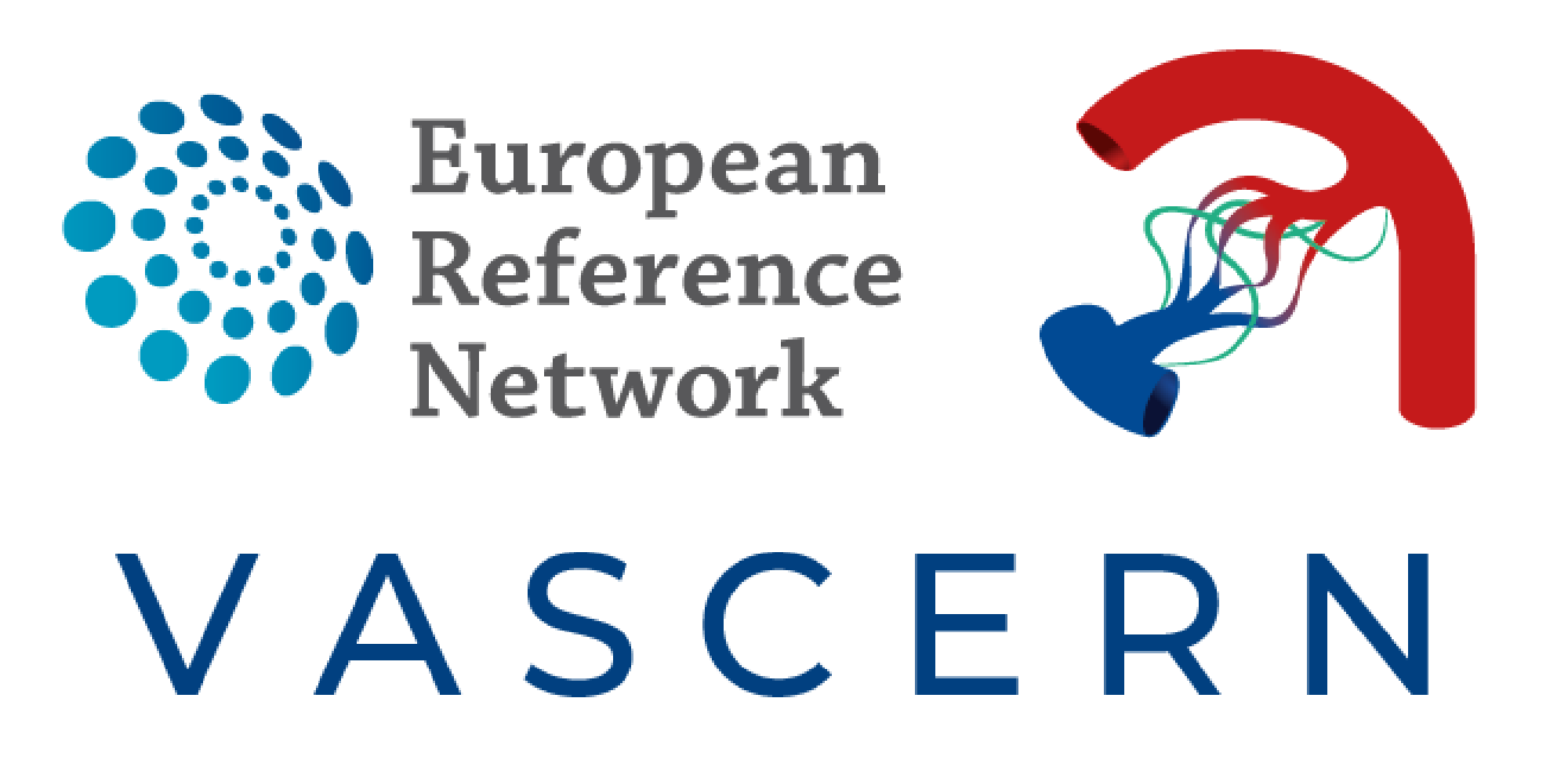Do’s and Don’ts
Our Do’s and Don’ts factsheets were created to help patients and the medical community understand the basic do’s and don’ts of common and emergency situations (e.g., delivery, anesthesia, stroke, surgery) that must be considered in patients with rare vascular diseases.
The experts in our Rare Disease Working Groups agree with the following recommendations, but it is important to note that these are expert-level recommendations made by consensus. We recommend using these factsheets as a guide for implementing locally agreed-upon policies.
These factsheets are intended for both patients and caregivers. Implementing these recommendations should be accompanied by strategies to educate patients about medical situations requiring specific care, as well as relevant symptoms and how to respond when they occur.
You can choose from the research tool below to view factsheets by the Rare Disease Working Groups.
This factsheet from the VASCERN Hereditary Haemorrhagic Telangiectasia (HHT) Working Group provides expert guidance for healthcare professionals managing pregnancy in HHT patients. Because HHT pregnancies are considered high-risk, the document outlines key recommendations for each stage—before, during, and after pregnancy—as well as during delivery. These include pre-pregnancy screenings for AVMs, anaemia management, careful monitoring of SaO₂ and dyspnea, safe anaesthesia practices, and postpartum follow-up care. The resource emphasizes tailored care and close collaboration with HHT reference centers to improve maternal and fetal outcomes.
While based on expert consensus and clinical experience, this document is not a substitute for personalised medical advice. Management should always be tailored to the individual, in consultation with appropriate medical specialists.
The “CADASIL Do’s and Don’ts for Patients” factsheet, developed by VASCERN’s NEUROVASC Working Group, offers patient-friendly recommendations to help patients with Cerebral Autosomal Dominant Arteriopathy with Subcortical Infarcts and Leukoencephalopathy (CADASIL) manage their health. Covering essential topics such as healthy lifestyle choices, social engagement, intellectual wellness, and seeking professional help, this guide empowers patients and caregivers with practical advice to improve their quality of life.
It is available in English and French.
These factsheets provides expert consensus recommendations for the care of individuals with Vascular Ehlers-Danlos Syndrome (vEDS), a rare inherited connective tissue disorder. Designed for both patients and healthcare professionals, the document outlines essential “Do’s and Don’ts” in frequent clinical situations, including vascular emergencies, pregnancy and delivery, and medical management. Developed and updated by the VASCERN Medium-Sized Arteries Working Group (MSA-WG), the factsheets aim to support safe, informed decision-making and promote best practices across Europe.
Version 2, updated in October 2024.
This factsheet, developed by the VASCERN Hereditary Hemorrhagic Telangiectasia (HHT) Working Group, offers expert guidance for patients with HHT planning to take long flights. It outlines key recommendations to ensure safety and comfort during air travel, including wearing thromboembolic deterrent stockings (TEDs), staying hydrated, continuing prescribed medications (especially anticoagulants), and regularly moving around the cabin. It also emphasizes the importance of nasal care and being prepared to manage nosebleeds during flights.
While based on expert consensus and clinical experience, this document is not a substitute for personalised medical advice. Management should always be tailored to the individual, in consultation with appropriate medical specialists.
This patient-centred factsheet, developed by the VASCERN Hereditary Hemorrhagic Telangiectasia (HHT) Working Group, outlines expert-recommended steps for managing epistaxis (nosebleeds). It provides clear do’s and don’ts for handling acute and persistent nosebleeds, emphasizing correct posture, applying pressure, and avoiding harmful practices such as tilting the head back or swallowing blood. The guide also includes preventive measures like using nasal lubricants and humidifying dry air.
While based on expert consensus and clinical experience, this document is not a substitute for personalised medical advice. Management should always be tailored to the individual, in consultation with appropriate medical specialists.
This colouring book offers a fun and interactive way for children to learn about managing lymphoedema. The activities in the book are tailored to educate children on the importance of proper skin care to prevent infections and keep their skin healthy.
The new version 2 of the Marfan syndrome and Related Disorders Do’s & Don’ts.
All Pediatric and Primary Lymphedema (PPL) Factsheets in one document
This fact sheet provides expert recommendations for women with Marfan syndrome before they become pregnant.
